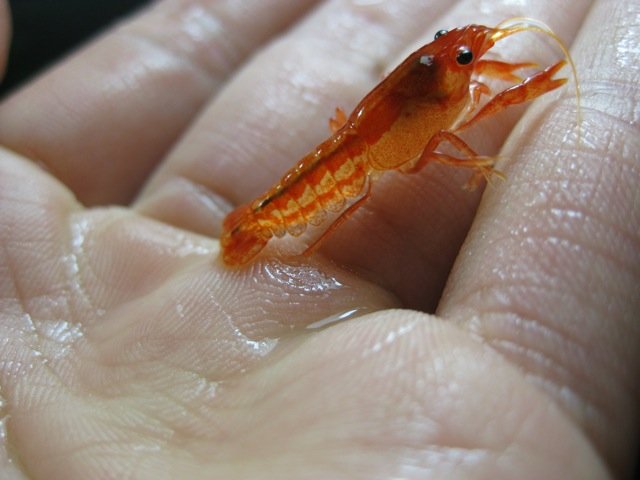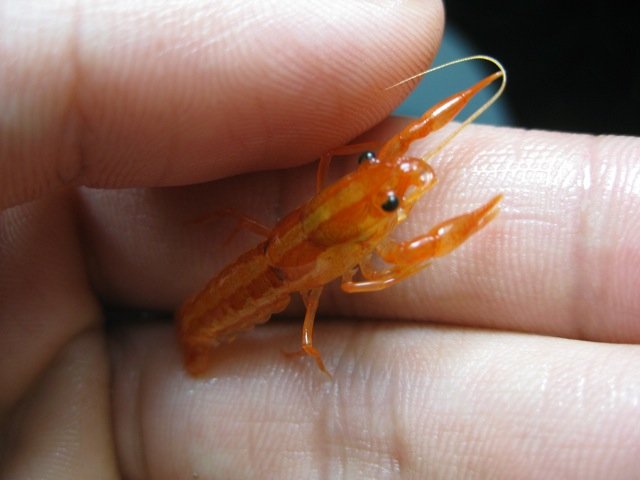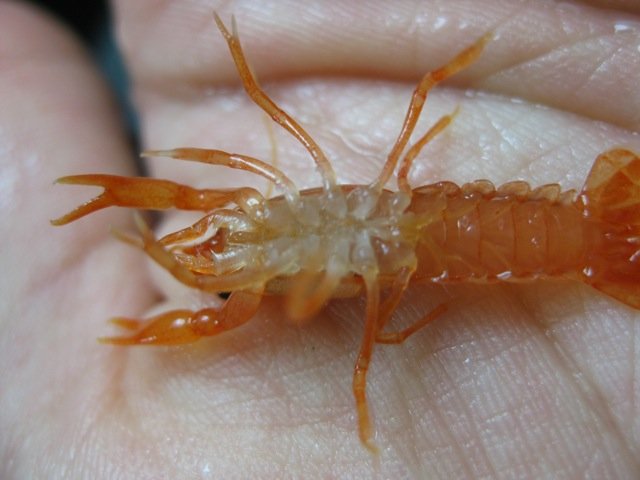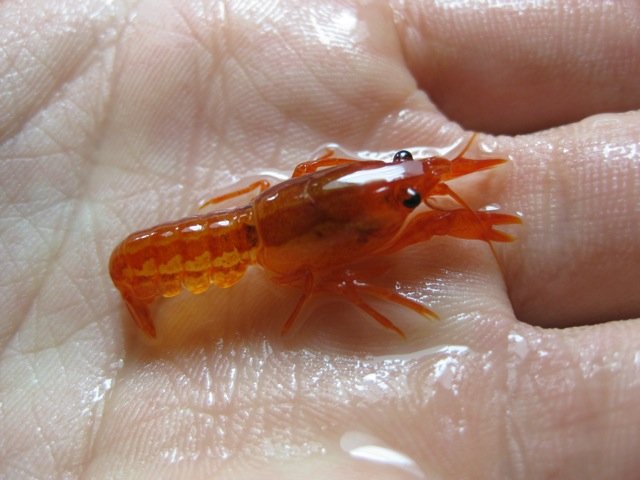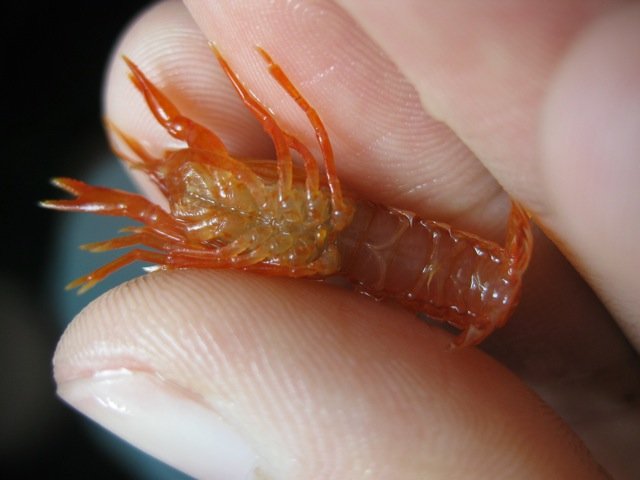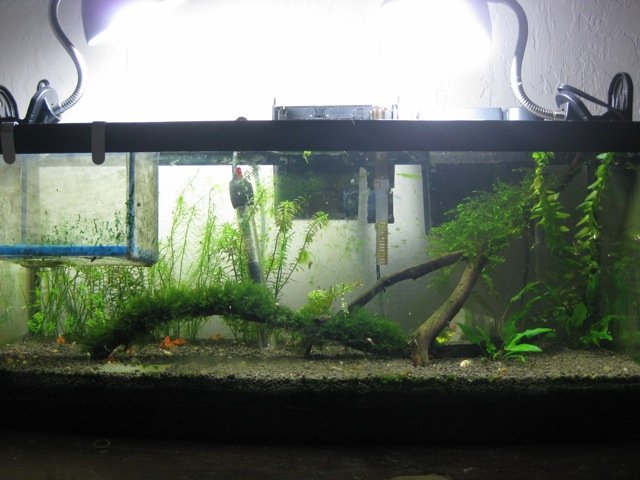Wow! Beautiful crays!
Very good picture taking and information too. I look forward to seeing some of these in the AC marketplace someday...I just hope I can afford them!! LOL
http://www.aquariacentral.com/forums/showthread.php?t=189302&page=2
Wow! Beautiful crays!
Very good picture taking and information too. I look forward to seeing some of these in the AC marketplace someday...I just hope I can afford them!! LOL
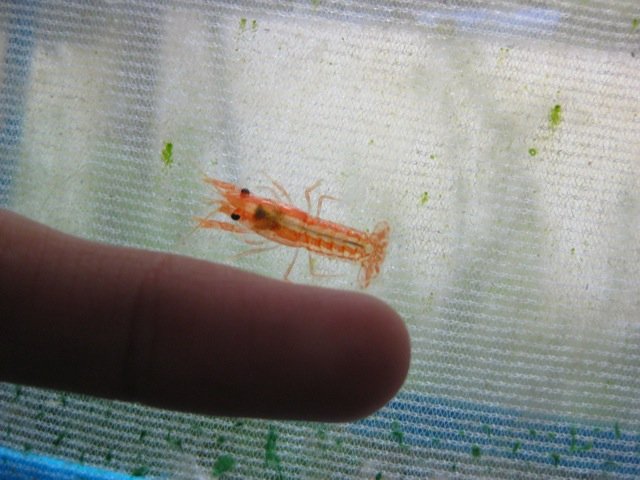
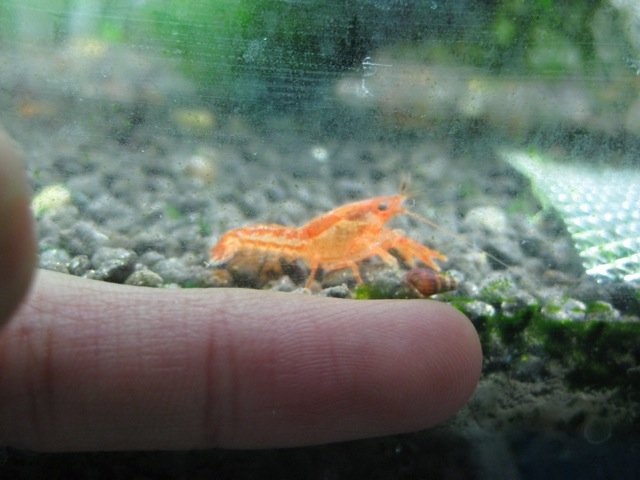
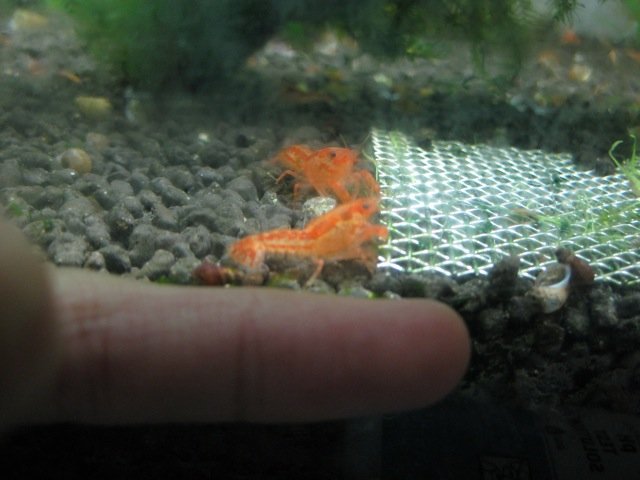
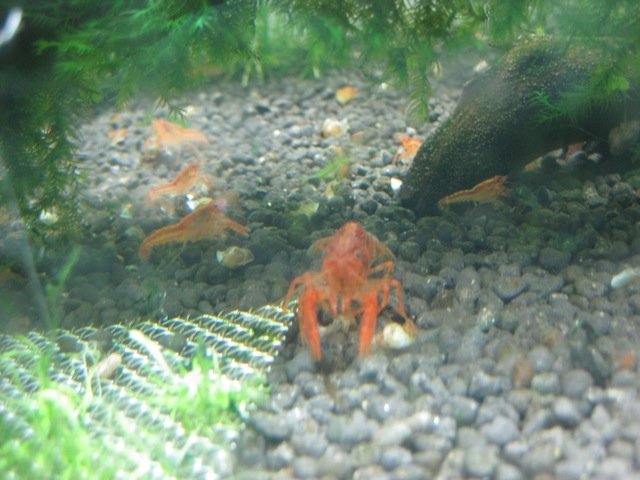
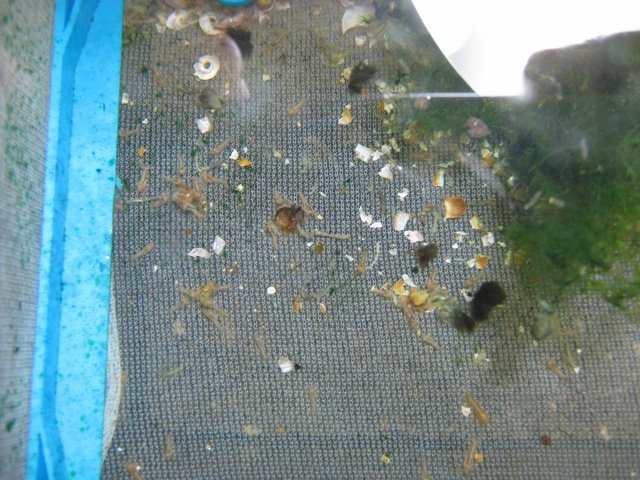
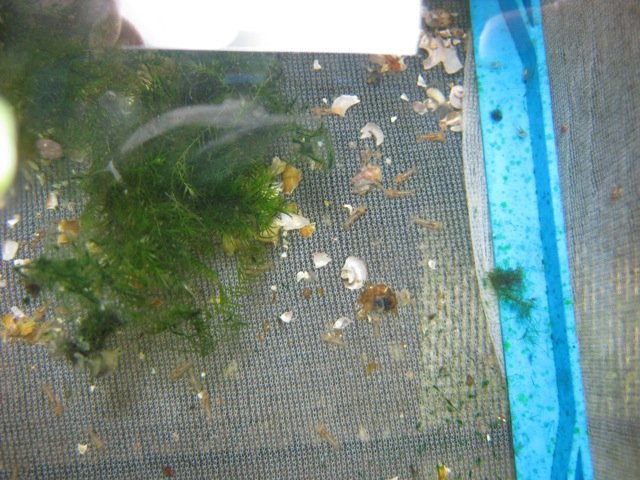
I did see them fight over dead snails when I dropped them in. Some would run around the snail and push everyone back. Then go to the snail and start eating it. His/Her siblings didn't really care though and charged right up at the snail as soon as the "defender" was busy eating. I witnessed mock fights but they're simply too young to kill each other. I witnessed none of that while they were in the breeder net, nor did I see any after I released them.Wow,
thank you for this VERY informative thread and excellent pictures! You're right - this was very much needed. I'd read that with crays (I have cajun dwarf ones) the young would cannibalize each other during molts. But it seems (at least, with CPO's) that you've shown it is really the adults who kill off the majority.
Each time you were putting a bunch of the babies in together in the breeder net, I kept thinking "uh oh", and that they would prey on each other. Did you see that at all? Or I'm wondering did you provide lots of hiding places, and just lift the moss out at picture time?
At the moment, I have not seen any of my new males acting the same way as my old male. Crays develop their own personality overtime. That male cray was just simply more daring than these I assume. Or perhaps time will help them develop a change in personality. I do not think all crays carry the same personality traits of being aggressive/daring.The picture with several juveniles in your large tank is really impressive. I'm curious if you've seen any territorial behavior emerging. You said your male would display at you when you looked in, so I'm wondering if the newly mature male is showing this behavior as well.
It was only 2-3 days apart, if my memory serves me right. Size difference must be BARELY noticeable if you are going to keep them together. It's hard to say what measurements to use because they're so tiny. So just make sure that they're under 1 week apart, and you should do okay. Feeding is important! They die without daily feeding. I neglected to feed mine for a few days because I ran out of snails and I experienced a big loss in my net. I cared more about my new hino CRS' newly cycled tank and I ended up neglecting the babies in the net. Out of 30+, I ended up with about 20. Sold a handful and gave a couple a way.Could you re-cap a few things, please?
You said the size difference between batches of hatchlings was very important, but you put some together from two batches that seemed safe together - how many days apart were they? And what would you suggest as the cut-off point for combining or not combining groups?
About 1 month before I let them out. Daily snail feeding is required and they must reach a good size. Again, measurements on crays is difficult because they tend to grow stocky in carapace, not really length wise. I would just tell you to wait till they hit 1/4 inch but 1/4 inch can be easily obtained while they're still young. So, make sure they're visibly stocky and about the size of... this word: Stock. I do NOT include claws when measuring a crayfish. I also dumped the entire batch. I wait to make sure everyone is a good size before dumping them out. So once the runt is at a decent size, off they go.And how long did you leave them in the breeder net before putting them back into the larger tank with the adults? Did you put them in one by one as they reached a larger size, or decide that the whole group could be added to the tank?
This is really a great thread to see the process in such detail. A huge Thank You!
-Jane
